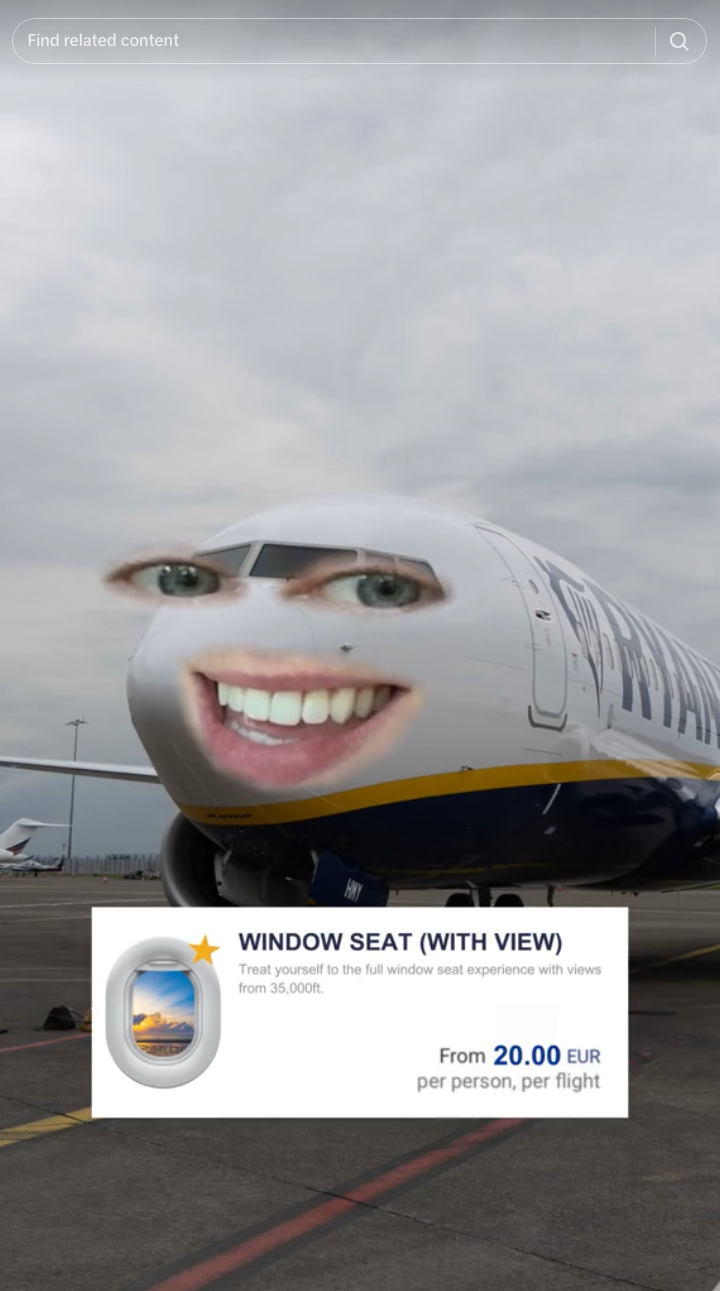"I found it on TikTok" is becoming the norm for travel. As part of the ‘digital native’ generation, I’ve grown up in a world where destinations are just a few clicks away, and now TikTok is elevating my (and everyone else, it seems) itinerary skills to a new level.
Gone are the days of planning holidays based on blurry pictures and unverified reviews. Instead, you can find concise insider tips, itineraries formed for every occasion and immersive videos that make you feel as though you’ve already arrived at your destination.
Since its launch, TikTok has grown an audience of 1.6 billion monthly users.
More than two in five TikTok users use the app as a search engine, and 20% of those users have searched for travel destinations or experiences.
That’s 320,000,000, if you’re looking for quick maths.
So, really, it comes as no surprise that this poses a huge opportunity for travel brands.
How is the travel industry using TikTok?
Not only does it have lots of users, but TikTok users tend to stick around on the app more than any other platform. A user opens TikTok 8 times per day and spends an average of 52 minutes per day in the app. And considering the average TikTok video lasts around half a minute, that’s a lot of videos being watched every day.
But all that aside, TikTok is a huge opportunity for brands to dive into the short-form video space. Its receptive algorithm and fast turnover cycle for trends, means brands can jump on and experiment with their content until something sticks.
Here are a few that’re flying (pardon the pun)…
Ryan Air
An obvious one, but too good not to mention.
Ryanair’s TikTok strategy is the antithesis of the stereotypical travel content on other social platforms like Instagram, which tends to portray all aspects of travel in a somewhat idealised way. In contrast, Ryanair pokes fun at the reality of the travel industry (and as its own reputation), referencing everything from difficult passengers to overpriced sats. In turn, this helps to reinforce its core message: affordable, no-frills travel.
During a difficult time for airlines in particular, Ryanair has perhaps proven that younger consumers prefer honesty and relatability rather than polished content on social, with the airline continuously driving engagement (as well as keeping consumer expectations in check).



Delta Airlines
Launching their first TikTok campaign earlier in 2024, the airline made waves by asking followers to post about their favourite vacation, using #FavoriteTripChallenge.
Considering most travel-related trends on TikTok are centred around leveraging old footage, it was a great way to join the platform with a bang.



Booking.com
Booking.com recently launched its first TikTok-only campaign, tapping into the rising trend of consumers purchasing via the platform with #TikTokMadeMeBookIt. The campaign involves seven dream getaways, which users can gain a chance of winning through 360-interaction with the brand – i.e., liking, following, and tagging its videos.
While this is a blatant bid to drive direct engagement and build an audience on TikTok – one that hopefully sticks around for later content – Booking.com’s first campaign is also an opportunity to test and learn what works on the platform and what doesn’t, which is likely to inform its future strategy.
Tourism New Zealand
During the height of the pandemic, when borders were closed and no one was travelling, New Zealand’s tourism board wanted to stay top of mind for their Australian audience. So, they launched an online gameplay walkthrough of the country, allowing Australians to ‘visit’ without leaving the safety of their homes. TikTok was a huge part of the marketing strategy for the game, titled Play NZ.
Tourism NZ enlisted a popular local influencer to make a ‘choose your character’ style video to promote the game, which they then promoted as an in-feed ad. The video had 2.7 million impressions, with an engagement rate of 3.73% and a view-through rate of 2.64%.

Why TikTok over other platforms?
I know what you might be thinking… First, there was MySpace, then Instagram, and now TikTok.
Is this just the latest craze in the natural course of digital evolution, destined to have a short-lived stint at keeping the youngest generation entertained until they grow up?
I’d argue not.
Growing engagement in older generations indicates that TikTok may become the breakthrough social media which caters to everyone. When used correctly, it can be a powerful tool for influencing all ages of prospect travellers.
So, what gives TikTok its edge? The videos are short-form, suitable for busy lives and short attention spans, and accompanied by music, immersing viewers in a multi-sensory experience. The algorithm is powerful, too, giving people an ultra-personalised experience. Look up ‘things to do in Norway’ just once, and your feed will be flooded with beautiful fjords, top local delicacies and best spots to catch the Northern Lights.
However, with subsidiaries like YouTube Shorts and Instagram Reels copycatting the short-form format, the area where TikTok really stands out is authentic storytelling.
Posts are centred around the content creator, with ‘POV’ (point of view) being one of the most commonly used captions and voiceover added so they can share their full experience and opinions.
Particularly with the slog of planning a holiday, users look for real people giving real insights in an engaging way.
More so than other app, TikTok creates a space where anyone can gain traction, so travel brands, experienced creators and even first-time travellers come together to blend in an open-access and diverse pool of reviews.
In 2025, travel brands need to find their point of difference and not be afraid to be a bit messy and real. A sound strategy created with strong USPs, a little bit of chaos and sense of humour will be the ones that come out on top.